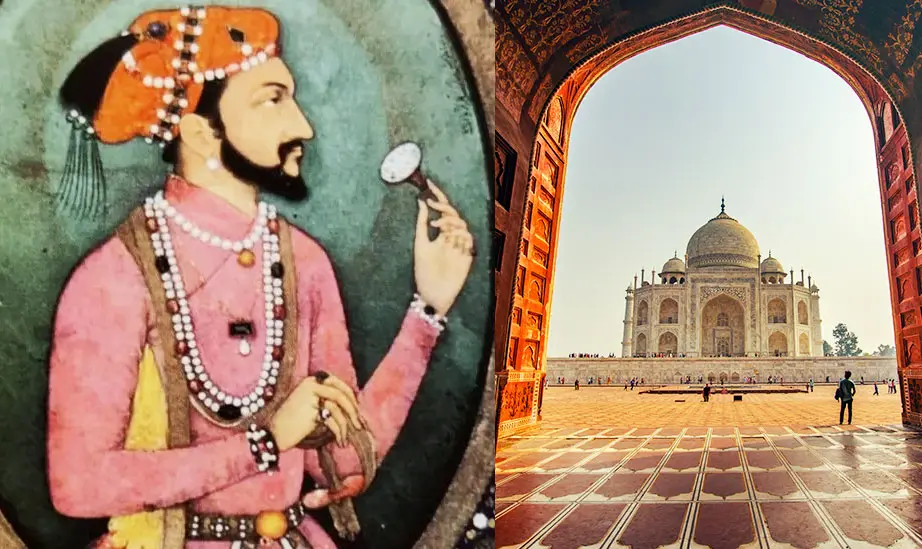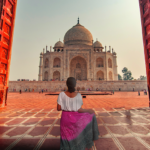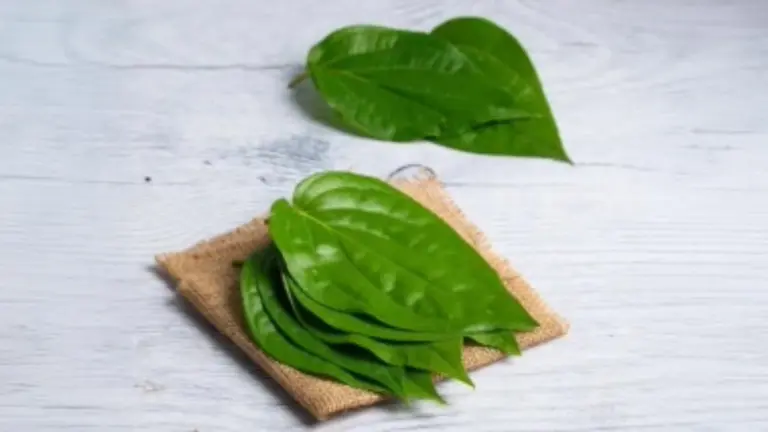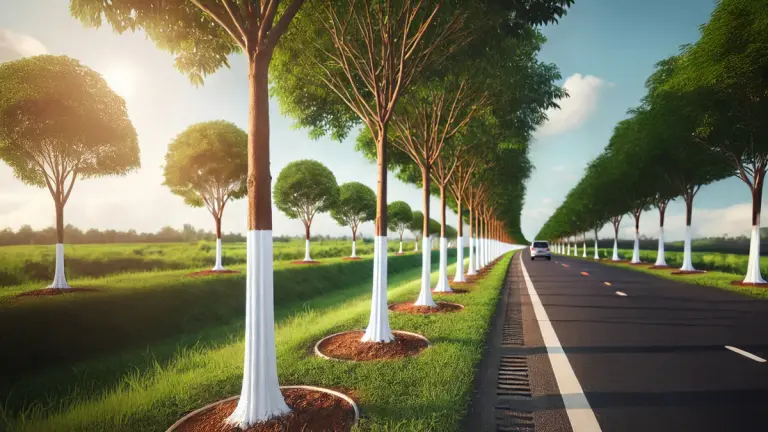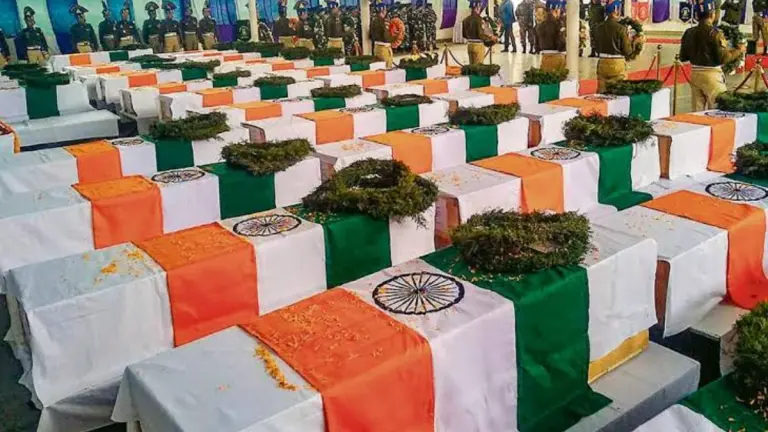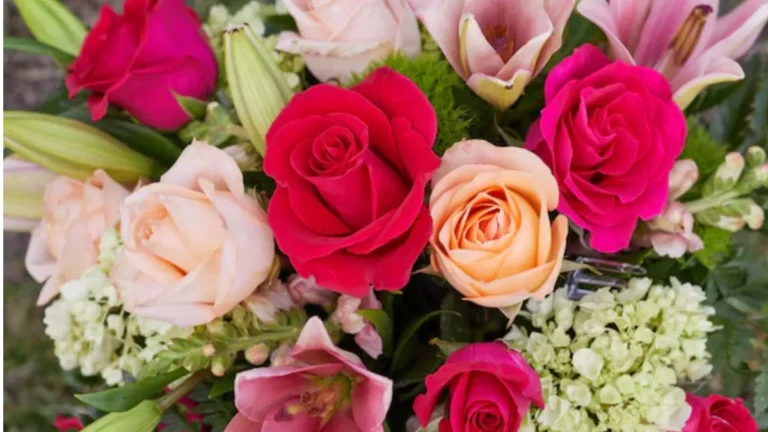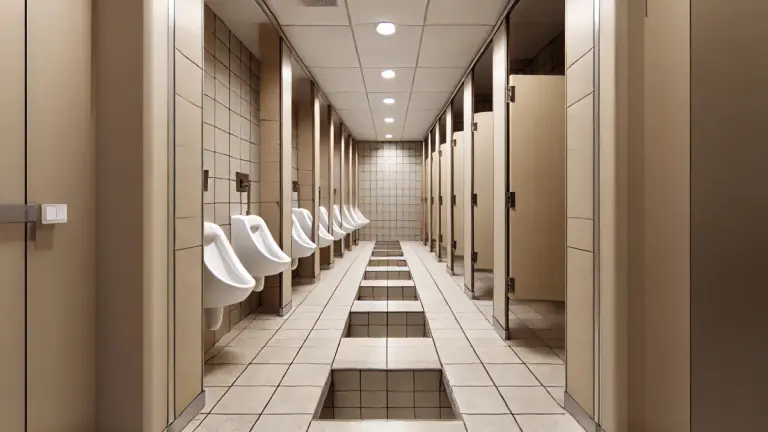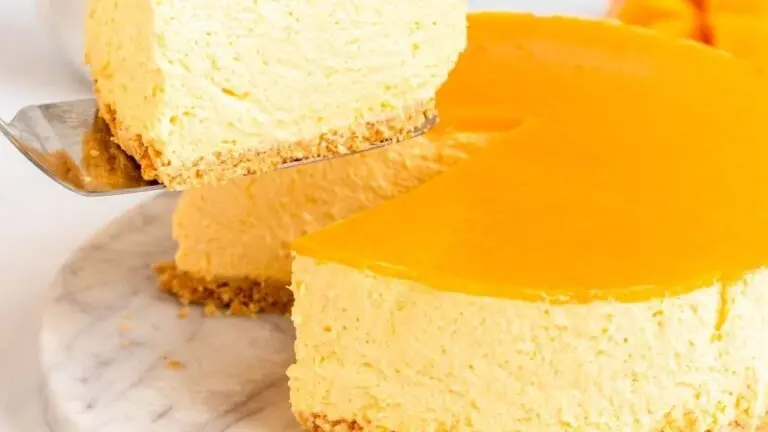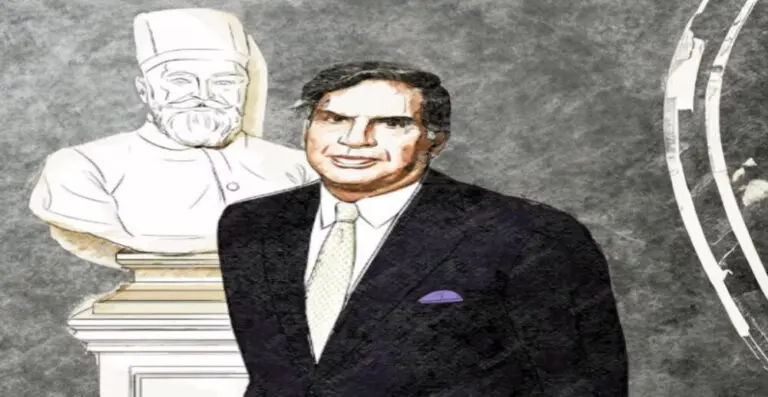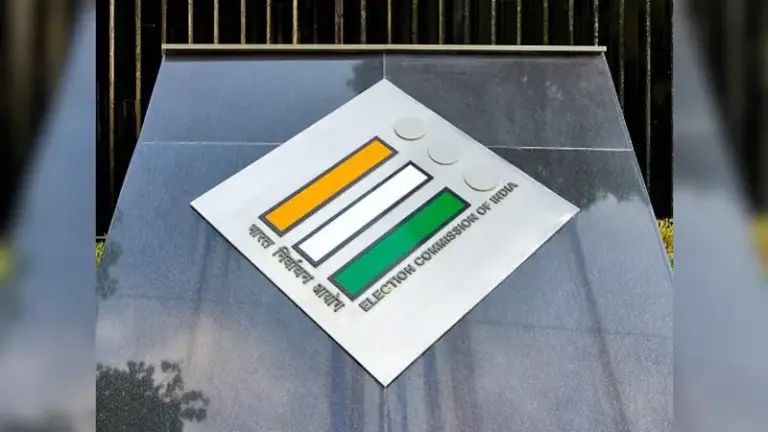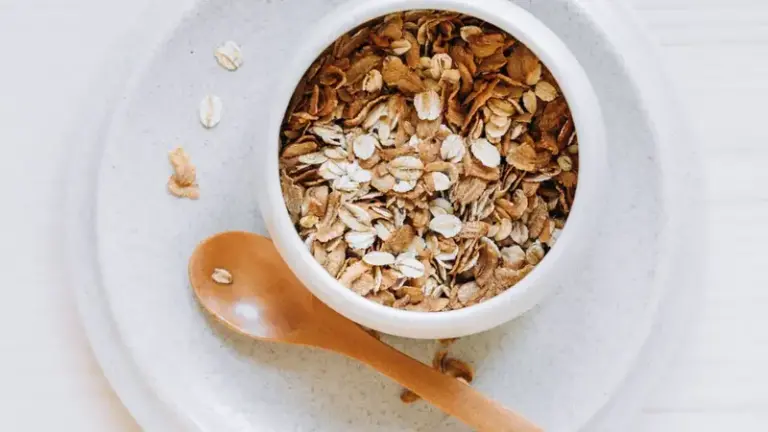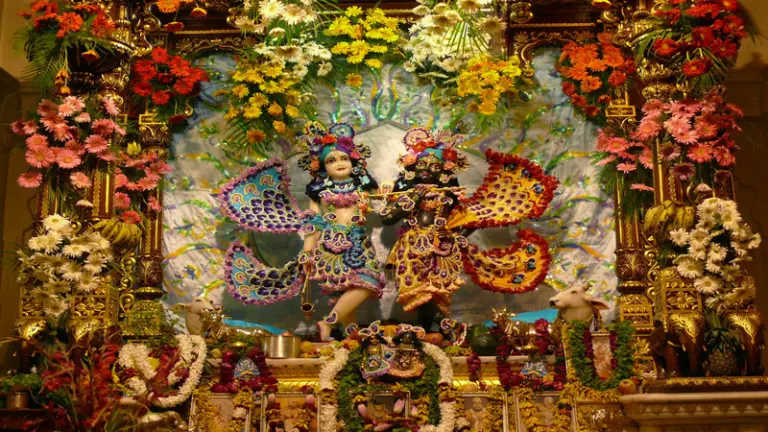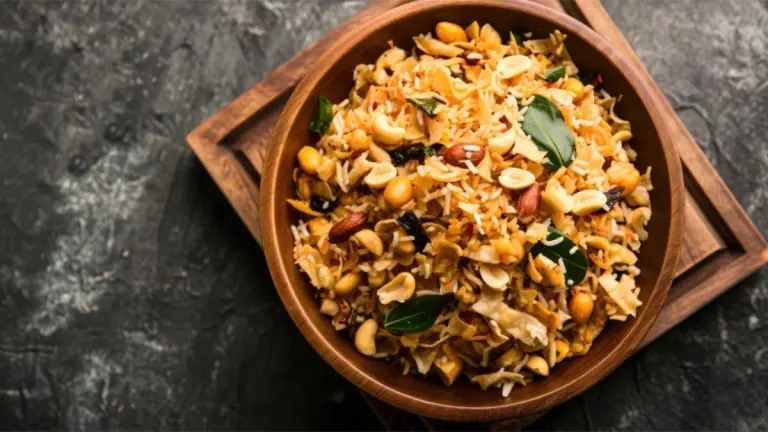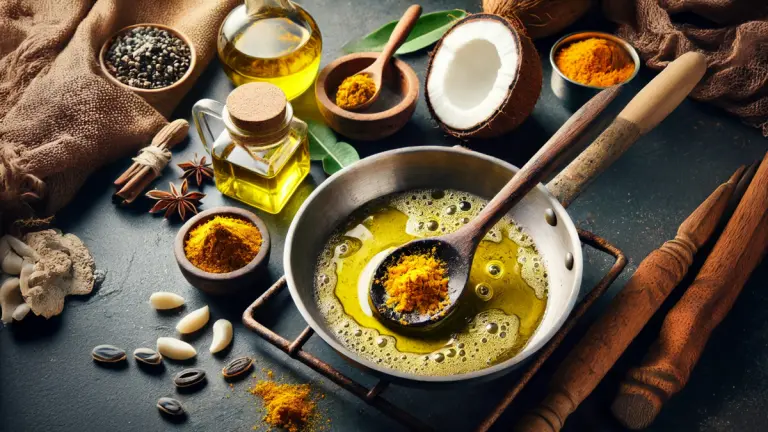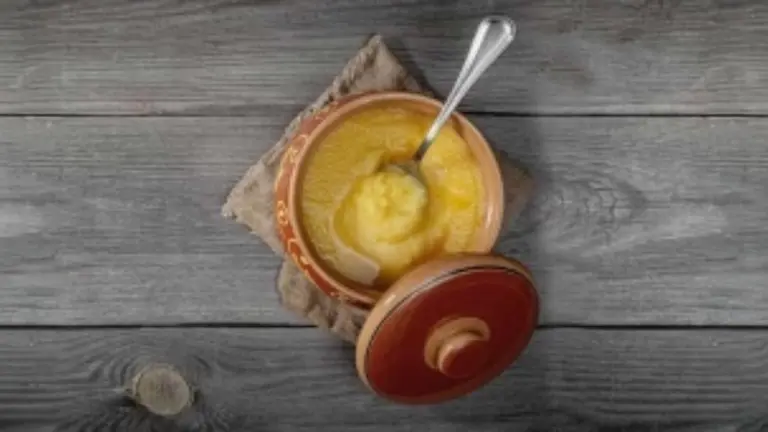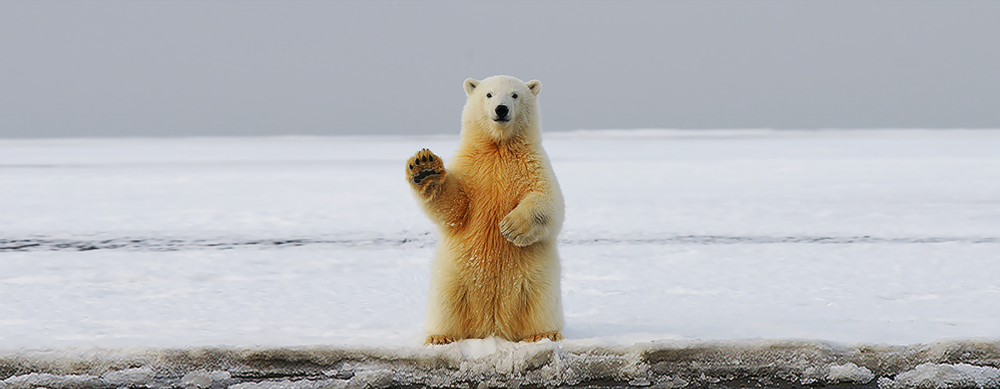Taj Mahal of Agra: Shah Jahan’s stature was medium but he was the owner of a stocky body and broad shoulders. As long as he was only a prince, he only kept a mustache like his father Jahangir and grandfather Akbar, but when he became the emperor, he started keeping a beard.
A part of Shah Jahan’s personality was made to show Mughal glory and splendor. Shah Jahan did not have mood swings like his father Jahangir. He was soft-spoken and polite and always spoke informal language.
Abraham Irali, who wrote Emperors of the Peacock Throne the Saga of the Great Mughals, a book on the Mughals, writes, “Self-control was the greatest quality for Shah Jahan. This is reflected in his attitude towards alcohol. At the age of 24, He tasted wine for the first time that too when his father forced him to taste it. For the next six years, he tasted seldom. In the year 1620, when he set out on an expedition to the south, he completely left and poured his entire stock of liquor into the Chambal river.”
Fully dedicated to Mumtaz Mahal
Shah Jahan was certainly a traditionalist Muslim but he was not a saint or a recluse. His love for Shaan-o-Shaukat was no less than that of his father, Jahangir. Italian historian Nicolao Manucci writes, “Shah Jahan used to use music and dance to divert his attention from the palace. He was used to listening to various musical instruments and Shero-Shayari. He himself used to sing well. There was always a group of dancing girls called Kanchan.
Although many tales of Shah Jahan’s debauchery are famous, as long as his wife Mumtaz Mahal was alive, he was completely devoted to her, even his other wives had very little place in his personal life.
Shah Jahan’s court historian Inayat Khan writes in his book ‘Shah Jahannama’, “Shah Jahan’s feelings towards other women were not even a thousandth of his feelings towards Mumtaz Mahal. Whether in the palace or outside, he could not live without her. could.”
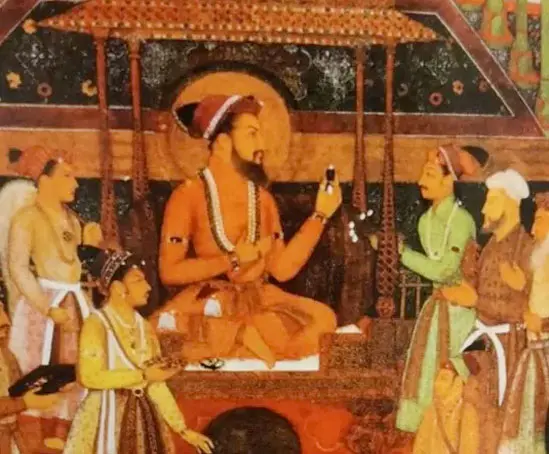
Mumtaz made a promise in the last moments
Mumtaz, whom Shah Jahan had an undying love for, was not only beautiful in Bala but also depended on her in the royal palace in the same way as Jahangir was on Nur Jahan. It is said that Mumtaz died within four years of Shah Jahan taking over the throne, otherwise his influence on the Mughal throne would have been more visible.
Inayat Khan writes, “In the last moments when Mumtaz had become very weak. He made a promise to the emperor that he would not have children from any other woman. He said that he saw in a dream such a beautiful palace and garden as in this world. I am nowhere. I request you to build a similar tomb in my memory.”
Mumtaz breathed his last in Burhanpur on June 17, 1631. While giving birth to her 14th child, her labor pains lasted for 30 hours.
Earlier, Shah Jahan distributed money to the needy in the hope that maybe God would save his wife, but despite the efforts of all the doctors and Hakims, she could not be saved.
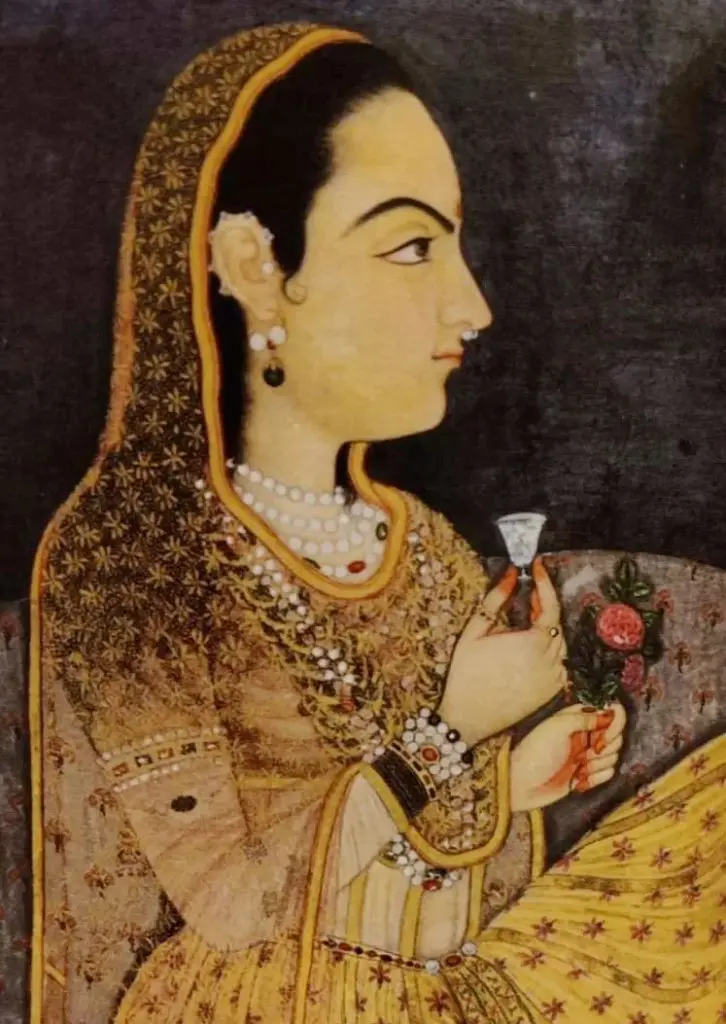
Shah Jahan’s beard suddenly turned white
Inayat Khan writes “This death had a very bad effect on Shah Jahan. He was so sad that he did not come out of his room for a whole week nor did he take part in any work of the royal palace. He listened to music, sang, and did good work. For the next two years, and every Wednesday after that, on the day Mumtaz died, she wore only white clothes. Her eyes became weak due to constant crying and she was forced to wear glasses. lay down.”
“Before this incident, his beard and mustache had only a few white hairs, which he used to pluck off with his hand. But within a few days, a third of his beard turned white. At one point he decided to abdicate the throne. He also made up his mind, but then he did not do so thinking that the kingdom is a sacred responsibility that cannot be abandoned due to personal trouble.
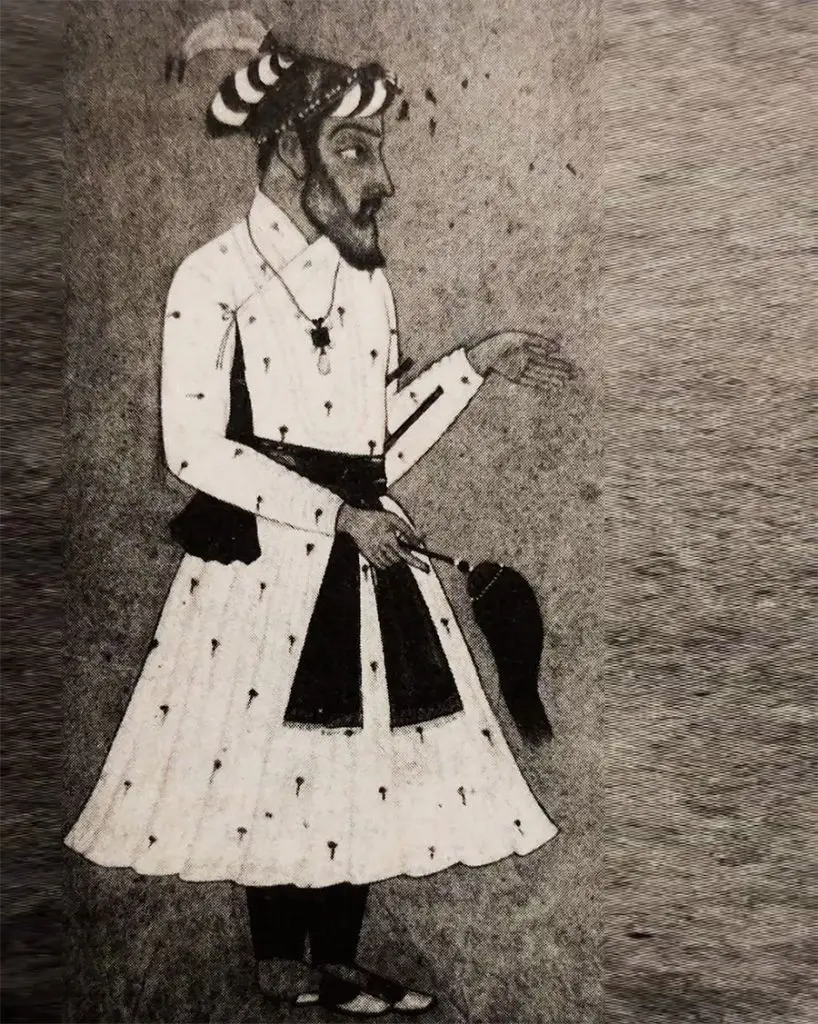
Mumtaz Mahal was buried thrice
Mumtaz Mahal was first buried in a garden on the banks of the Tapi river in Burhanpur. Six months later, his body was taken out from there and brought to Agra under the supervision of 15-year-old Prince Shah Shuja, where he was buried again on the banks of the Yamuna on January 8, 1632. But this too was not his final resting place.
It was there that Shah Jahan built his tomb, which he named ‘Ruza-e-Munawwara’, which later came to be called the Taj Mahal. Mir Abdul Karim and Makarmat Khan were entrusted with the responsibility of building this tomb.
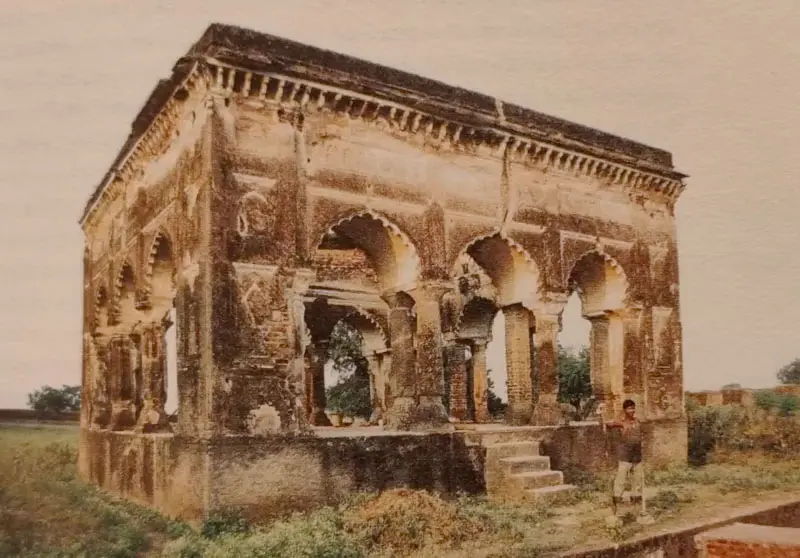
Mukammat Khan came to India from the city of Shiraz in southern Iran during the reign of Jahangir. Shah Jahan made him his construction minister. In the year 1641, he was made the Governor of Delhi. He was entrusted with the responsibility of building the Red Fort in the new city of Shahjahanabad.
The Taj Mahal was built on the lines of Humayun’s Tomb in Delhi in the 1560s. For this 42 acres of land were selected. Its four minarets were 139 feet high and a chhatri was installed overall.
Marble brought from Makrana
After deciding to build the Taj Mahal, Shah Jahan’s first challenge was to choose the place for this tomb.
Diana and Michael Preston, who wrote the book on the Taj Mahal, write, “Shah Jahan’s first criterion was that the location of the Taj Mahal should be quiet and away from the city of Agra. The second criterion was that the building should be so large that it could be seen from afar and the third was That it should be near the Yamuna river so that the water for irrigation of its gardens would not be reduced. Shah Jahan also wanted the Taj Mahal to be visible from the Agra Fort where he used to live. Shah Jahan made it one and a half miles away from the Agra Fort. chose the place.”
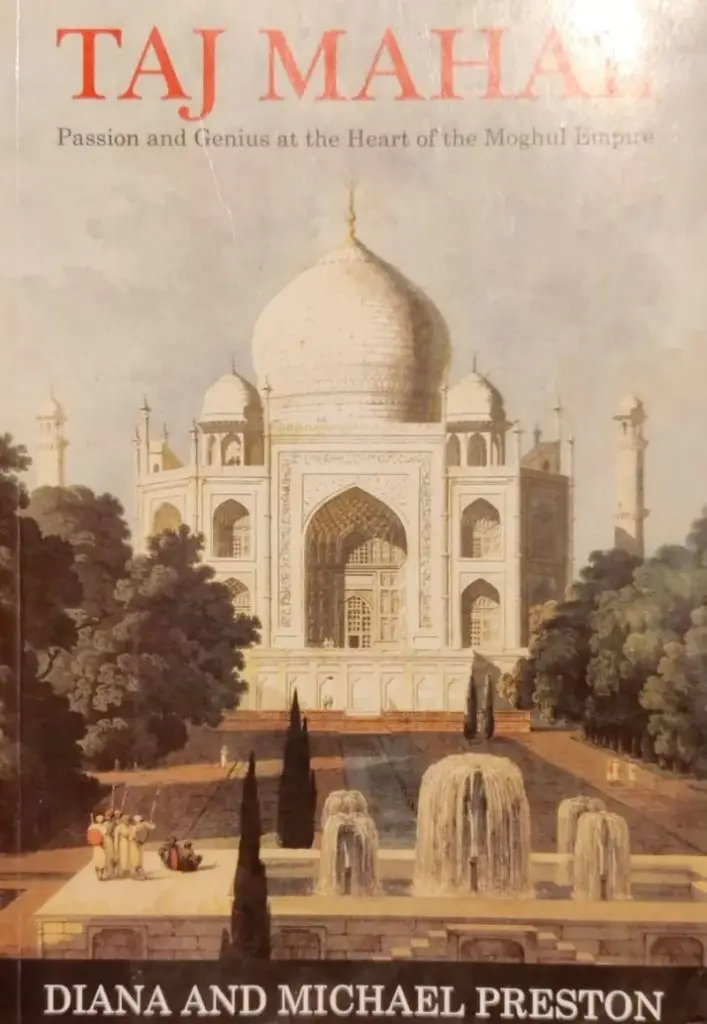
The construction work of the Taj Mahal started in January 1632. Till then Shah Jahan was in the South.
Peter Mandi, who was visiting India at that time, wrote in his book ‘Travels of Peter Mandi in Europe and Asia, “First of all the land was leveled by clearing that area. After this, thousands of workers worked day and night to build the building. Deep foundations were dug. Special care was taken that the water of the Yamuna river flowing nearby did not seep into it and the floodwaters of the Yamuna river between June and September could not damage the Taj Mahal. First 970 feet long and 364 feet wide platform was built on which the tomb was then built.
The marble used in the building was brought from Makrana, 200 miles away. A Portuguese visitor, Sibastio Manrique, wrote, “Some of the marble pieces used in the Taj Mahal were so large that they were carried to Agra by oxen and long-horned buffaloes sweating their lot. They were brought in specially made bullock carts. Which was drawn by twenty-five to thirty cattle.”
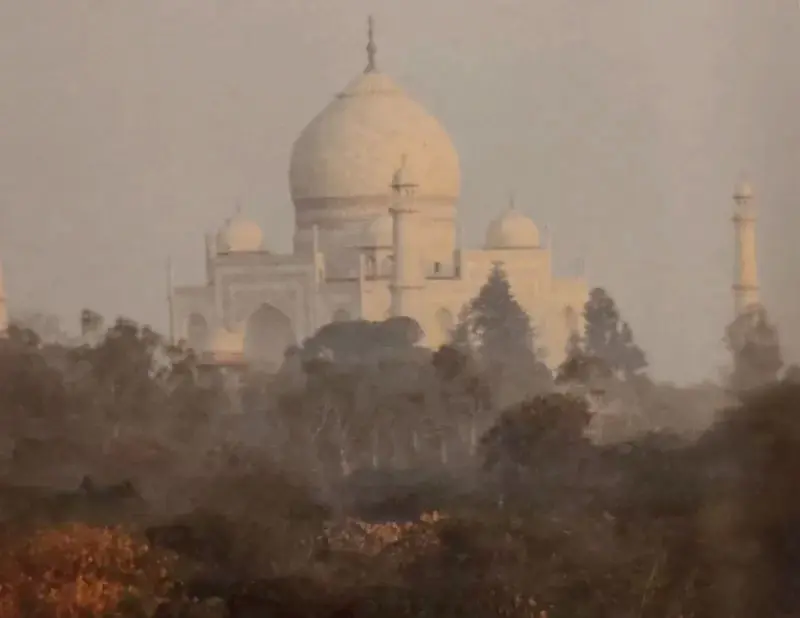
The story of cutting off the hands of the workers is not true
Diana and Michael Preston, authors of the book ‘Taj Mahal Passion and Genius at the Heart of the Mughal Empire’ on the Taj Mahal, write, “A scaffold was made of bamboo and wooden batons and bricks to build the Taj Mahal. When the work was completed So Shah Jahan was told that it would take five years to demolish the scaffolding of bricks. On this Shah Jahan ordered that all the bricks that were taken down would belong to those workers.”
“The result was that the scaffold was demolished overnight. It is a myth that that scaffold was built to protect the Taj Mahal from outside eyes before it was fully built. There is no merit in the story that once When a man saw the Taj Mahal being built from outside the wall, his eyes were blown out.”
Every guide of the Taj Mahal still does not get tired of telling the story of how Shah Jahan had cut the hands of every worker who built the Taj Mahal so that he could not get this eighth wonder of the world rebuilt. But there is no evidence of this incident, nor has any historian mentioned it.
Fergus Nicholl, who wrote Shah Jahan’s biography ‘Shah Jahan The Rise and Fall of the Mughal Emperor’, writes, “Most of the workers who built the Taj Mahal were Hindus from Kannauj. The flower carvers were called from Pokhara. Ram Lal of Kashmir was given the garden. Was entrusted with the responsibility of making it.”
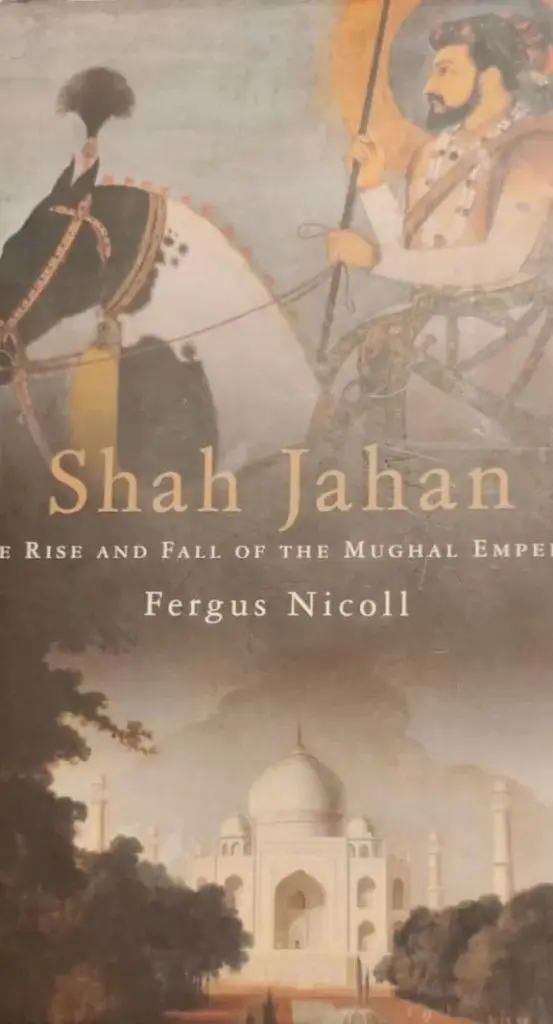
Quranic verses and flower carvings on the Taj Mahal
Amanat Khan was given the responsibility of carving the verses of the Quran on the Taj Mahal. He was the only person who was allowed by Shah Jahan to write his name on the Taj Mahal.
In addition to the Quranic verses, the flower carvings in the Taj Mahal were so striking that two centuries later, the Russian writer Helena Blavatsky wrote, “Some of the flowers on the walls of the Taj Mahal looked so real that the hands themselves extended to touch them.” That they’re not real.”
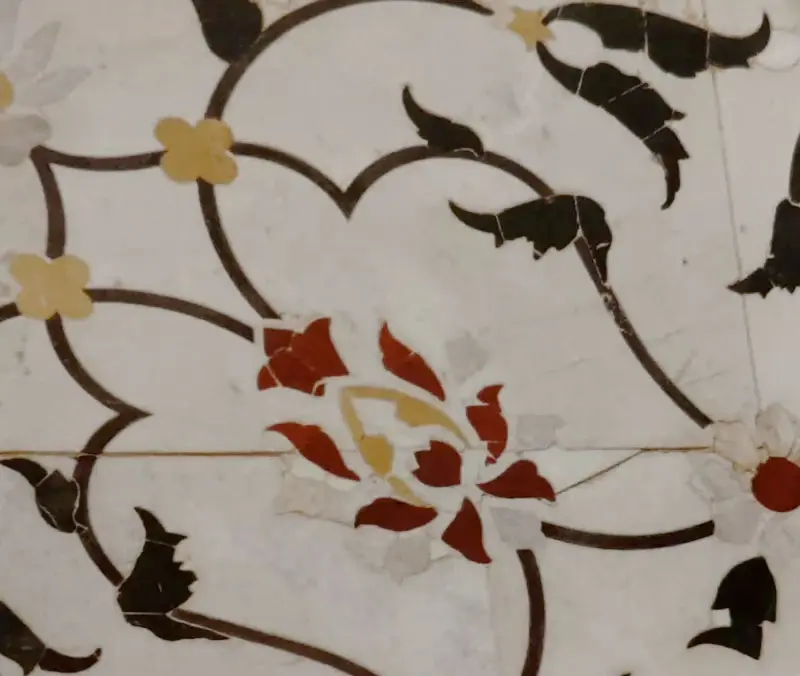
Precious gems set on the walls
The building of the Taj Mahal was studded with 40 different gems that Shah Jahan had ordered from different parts of Asia.
Diana and Michael Preston write, “The greenstone jade was brought over the Silk Route from Kashgar, China. The bluestone lapis lazuli was imported from mines in Afghanistan. Turquoise was brought from Tibet while coral was imported from Arabia.” and was ordered from the Red Sea. Yellow amber was brought from Upper Burma and ruby from Sri Lanka. Lasuniya stone was imported from the Nile Valley in Egypt. Sapphire was considered inauspicious and hence they were rarely used. “
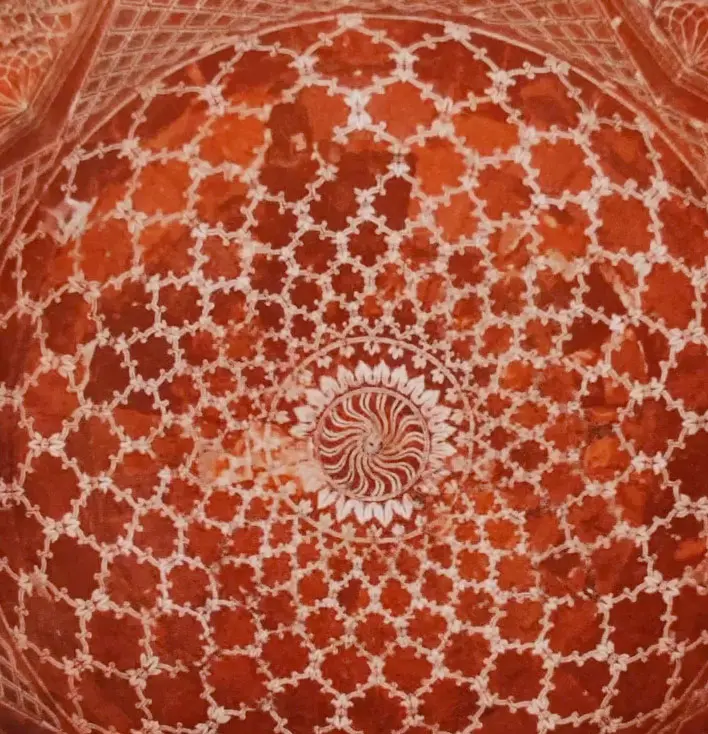
Four crore rupees were spent to build the Taj Mahal
The historian of Shah Jahan’s time, Abdul Hameed Lahori, has given the cost of construction of the Taj Mahal as 50 lakh rupees. But other historians believe that this price is only for the wages paid to the workers and does not include the value of the materials used in the building.
On the basis of the documents found later, some historians have estimated the cost of construction of the Taj Mahal at Rs 4 crore. All the money for the construction of the building was given from the government treasury and the treasury of Agra province. In the coming times, for the maintenance of the Taj Mahal, Shah Jahan had ordered that the revenue from the thirty villages around Agra should be used for this work.
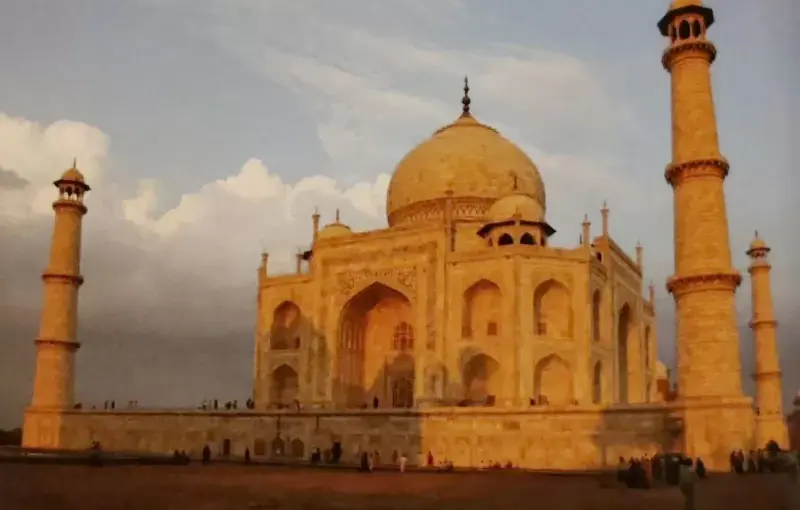
Shah Jahan was buried next to the tomb of Mumtaz Mahal
When Shah Jahan’s son Aurangzeb imprisoned his father in 1659, he fell ill a few days later. When he felt that he did not have much time left, he expressed his desire that he should be kept on the balcony from where he could see the Taj Mahal at all times.
On the same balcony, Shah Jahan, wrapped in a Kashmiri shawl, said goodbye to this world on January 21, 1666. At that time his daughter Jahan Ara was with him. His body was laid in a coffin made of sandalwood.
His daughter wanted that the last rites be performed in a state manner but Aurangzeb did not honor her wish. He was buried in the Taj Mahal next to his wife, Mumtaz Mahal, amidst reciting verses from the Quran.
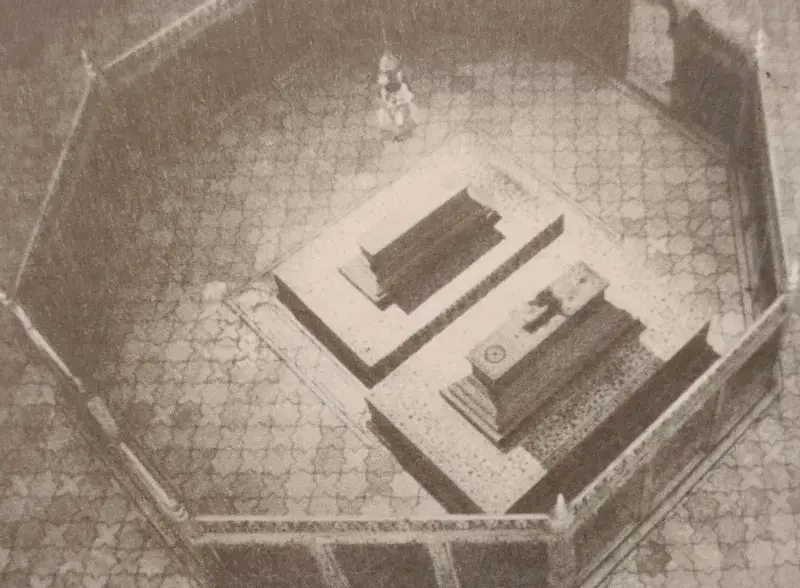
The Bakery of the Taj Mahal during the British era
After the fall of the Mughals, in 1803, British General Lek occupied Agra. With this, valuable gems, carpets, and wall hangings embedded in the walls of the Taj Mahal started disappearing.
The British rented out the mosque located inside the Taj Mahal and built honeymoon cottages around it. Military bands started playing on the platform of the tomb and picnic parties started in the garden of the Taj Mahal.
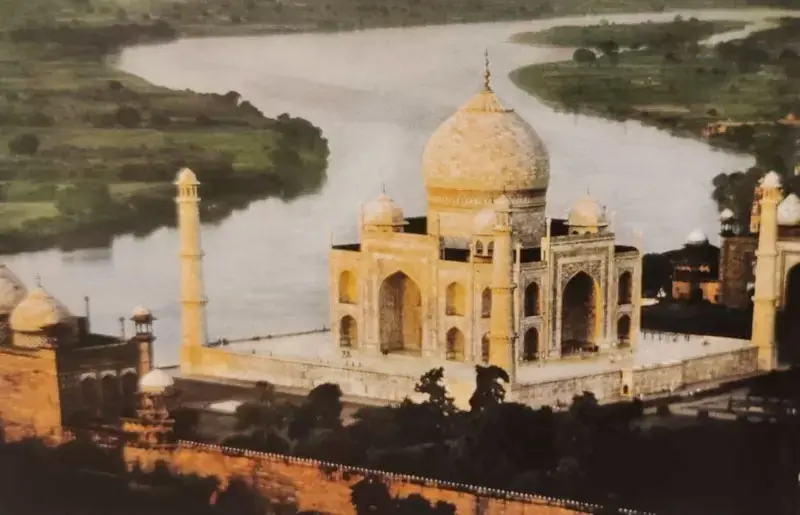
During this time it was also rumored that in 1830, the British Governor-General William Bentinck thought of demolishing the Taj Mahal and auctioning its marble.
During the Revolt of 1857, British soldiers damaged some Mughal buildings. One of them was the palace of Mumtaz Mahal’s father Asaf Khan. But the Taj Mahal somehow remained safe. In the early twentieth century, the British Viceroy Lord Curzon showed keen interest in the renovation of the Taj Mahal.
During the Indo-Pakistani War of 1965, anticipating a Pakistani airstrike on a nearby airbase, the Indian government sewed a giant black cloth to cover the Taj Mahal so that it could not be seen from above on a moonlit night.
This cloth remained safe till the year 1995. But when rats gnawed it from place to place, it was destroyed.

